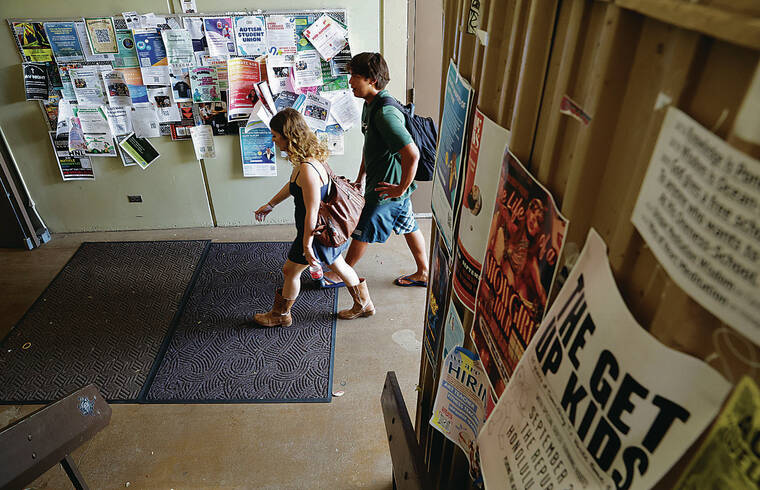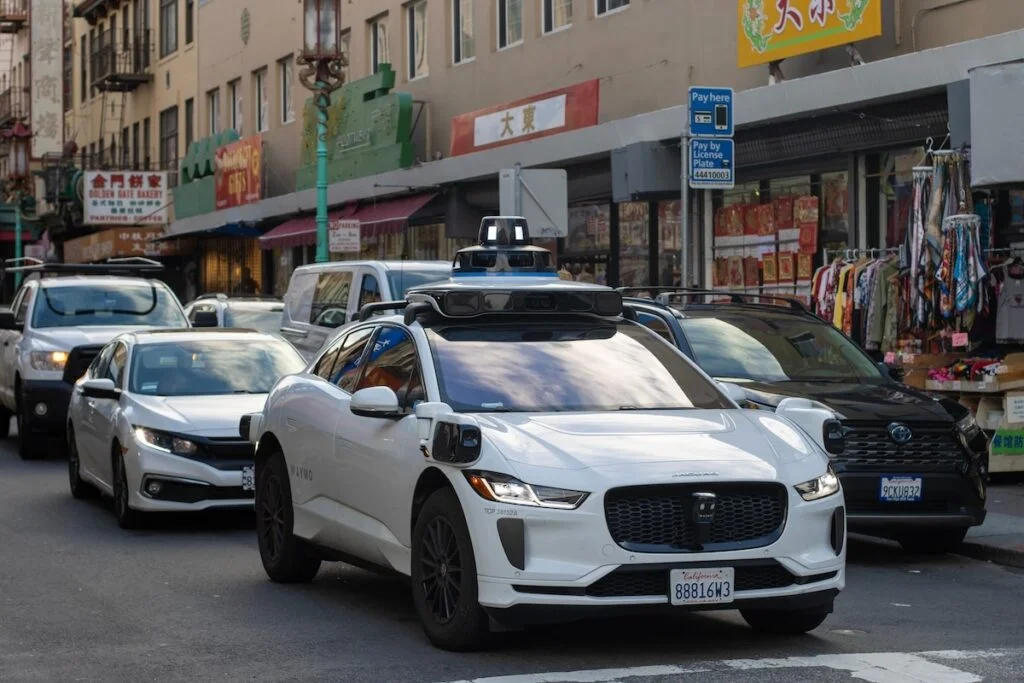By Victoria Budiono
Copyright staradvertiser

Enrollment across the University of Hawaii’s 10 campuses climbed to 51,411 students this fall, the system’s highest total in eight years and a 2% increase over 2024, according to new figures released today.
The growth marks UH’s third straight year of systemwide gains and a 5.1% jump since 2023 — an encouraging sign for Hawaii’s only public higher education system after years of enrollment decline.
UH President Wendy Hensel said the growth reflects renewed enthusiasm for higher education and strong interest in the system’s broad range of programs.
“(The students) recognize the value of higher education in helping them reach their career goals and aspirations,” she said. “We have everything from technical degrees all the way up to graduate Ph.D.s, and so we are meeting the needs of the people, and that’s reflected in their enthusiasm and enrollment.”
Hensel said the 2% increase systemwide and a 4% rise in new freshmen are particularly encouraging, although she noted that campuses sometimes compete with one another for students. The challenge now, according to Hensel, is ensuring that growth is balanced and coordinated across the system.
“We’re really asking the question, how do we work best together to ensure the system as a whole continues to be an attractive place for students in Hawaii?” she said. “Students vote with their feet, so the fact that they’re coming in and they’re finding degrees that are of value to them reflects that we are in touch with what the workforce needs.”
The UH system’s flagship Manoa campus continued to drive overall growth, enrolling 20,404 students, up 1.9% from last fall, including a record 3,294 degree-seeking freshmen, a 6.2% increase.
UH West Oahu posted its first enrollment gain since 2020, up 2.9%, while UH Hilo saw the system’s largest percentage increase in first-time freshmen — 16.3% — helping to steady total enrollment at 2,649.
UH community colleges collectively grew 2.2% to 25,461 students, with strong increases at Windward Community College (12.4%), Hawaii Community College in Hilo (8.7%), Honolulu Community College (8.6%) and UH Maui College (7.3%).
Participation in the Early Admit program, which allows high school students to earn college credit, hit a record 4,030 students — an 8.4% rise from the previous year.
Hensel credited the dual–credit programs and UH’s close partnership with the state Department of Education as a major driver of enrollment.
“We are continuing to identify new ways in which we can bring our degree programs to students who are ready for them in high school,” she said, adding that the university’s mission is to create a pathway for every student to enroll and afford the education UH can offer.
At the same time, UH is investing in predictive technology to improve student success and retention. The UH Board of Regents recently approved a $7.4 million, five-year contract for EAB Navigate360 and EAB Edify, platforms that use real–time data to help advisers and support staff intervene early when students are at risk of dropping out.
Hensel called it “the No. 1 best way to ensure retention,” saying the technology will allow UH to “proactively reach students before they’re at a moment of distress.”
Addressing the 3.5% decline in undergraduate transfer enrollment remains another priority, she said.
“We simply have to make it as easy as possible for our students to go from one campus to another and continue their studies,” she said. “It’s part of our efforts to really enhance the system for the benefit of our students.”
International students
National forecasts from NAFSA: Association of International Educators and JB International predicted steep declines in international student enrollment across U.S. campuses this fall, but UH Manoa bucked the trend.
The total number of international students increased 1.9% to 1,062, though new international enrollment slipped 6.6%, or by 22 students.
UH Chief Global Engagement Officer Brent White said the change is modest when viewed in context.
The geographic makeup of Manoa’s international population remains similar to last year, with roughly two-thirds of students coming from Asia and smaller groups from Europe and North America. Japan, China, Canada, Bangladesh and Germany have traditionally sent the most students.
While many families abroad may have expressed concern about global instability and Trump administration policies on foreign visas and immigration enforcement, White said Hawaii remains an appealing destination.
“UH Manoa and Hawaii in general is a very welcoming place for international students, and I think students from Asia, in particular, feel comfortable, welcomed and at home here,” he said. “Having some distance from the continent is helpful, and Hawaii seems a relatively safe and comfortable place to come. Honolulu has also been ranked as one of the safest major cities in the United States for several years running.”
White noted that UH recently established its first dedicated international admissions office and launched multilingual websites — starting with a Japanese–language microsite — to make the application process easier for students and parents abroad. His office is also expanding recruitment efforts in key countries and offering wraparound support for students once they arrive, from housing assistance to immigration guidance.
Federal roadblocks
Navigating the U.S. visa system has become increasingly difficult, according to White, with longer wait times and additional documentation requirements. UH Manoa currently supports about 1,200 international students on campus and another 150 who are on Optional Practical Training, or OPT — a federal program that allows international graduates to work temporarily in their field of study after earning a U.S. degree.
White said international students remain vital to both UH and Hawaii’s broader economy.
In 2019, international students generated $82.2 million in direct spending for the state’s economy and supported 3,756 jobs, according to a state Department of Business, Economic Development and Tourism report, which estimated a total economic impact of $173 million. UH-enrolled students accounted for roughly 45% of all international student spending statewide.
Beyond economics, White said, international students enrich the academic environment and drive research.
“At our university they’re important to create an environment where students are exposed to students from around the world,” he said. “They also support the research mission of the university. As an R1 research university, we rely heavily on international students and their contributions.”
The R1 designation means UH has achieved the highest level of research activity under the Carnegie Classification of Institutions of Higher Education.
About 76% of UH Manoa’s new international graduate students this fall are working as research assistants.
As UH looks ahead, both Hensel and White said the focus is on sustaining growth through improved access, technology and support for both local and international students.
Hensel said the system continues to monitor changes in federal policy but does not anticipate immediate disruptions.
“We are constantly looking at workforce data and having conversations with industry leaders to ensure that we’re not just responding to this moment but preparing our students for the jobs within the next three to five years,” she said.



